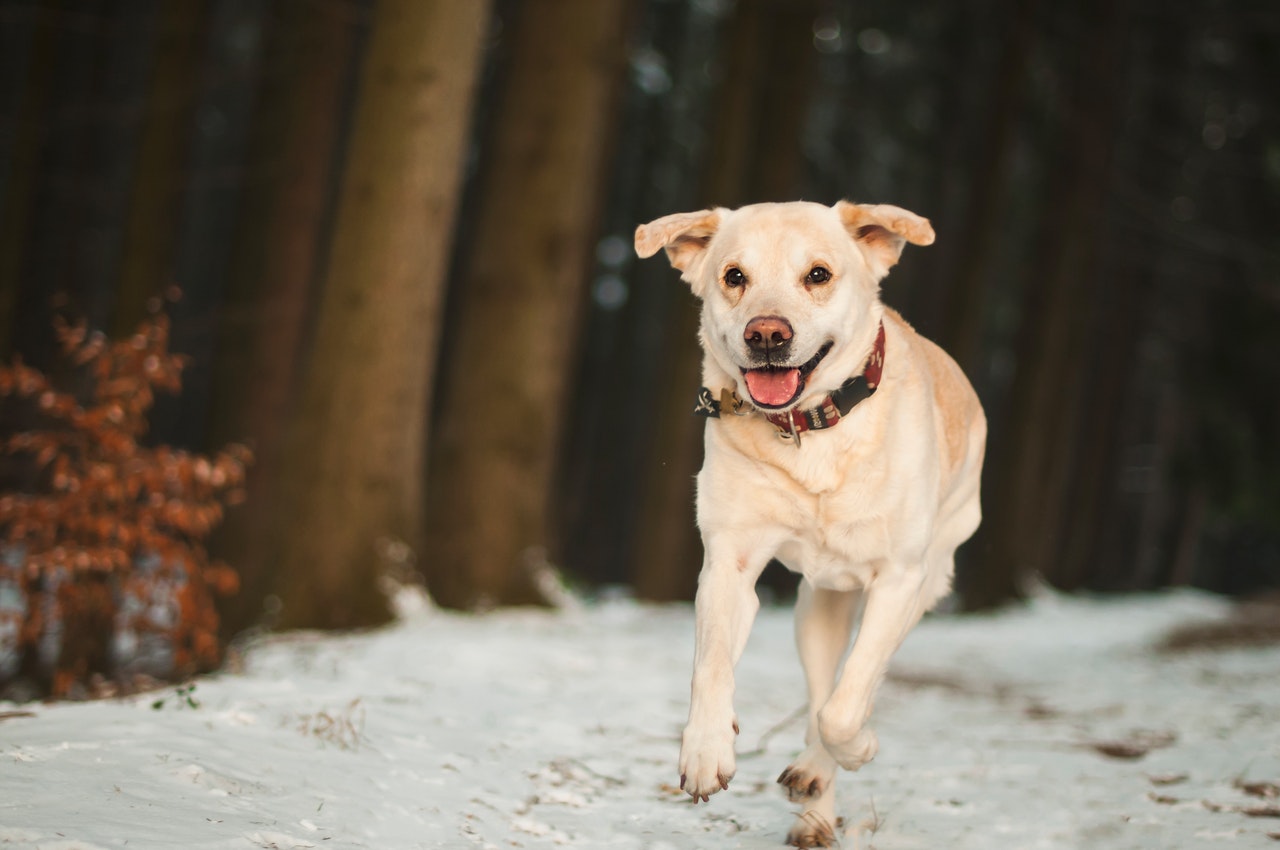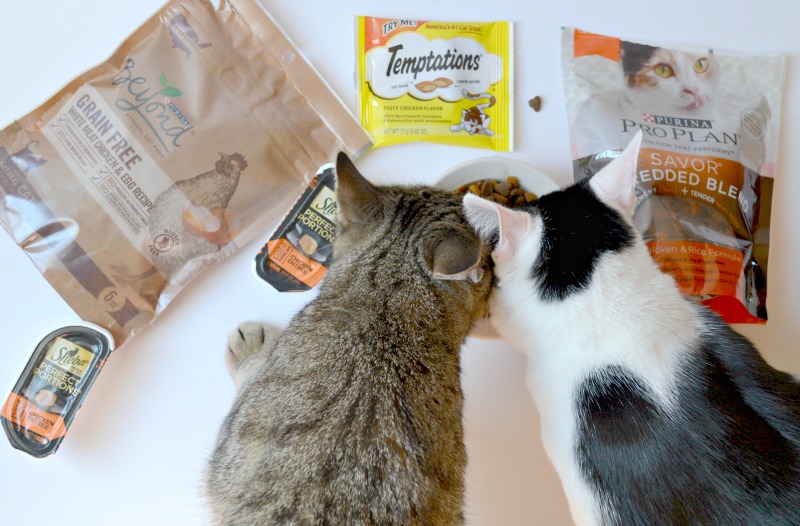5 Safe Exercises for Dogs With Hip Dysplasia
Does your dog suffer from hip dysplasia? Do you wish there was something you could do to help your pup relieve its pain? If the answer to that is yes, then you’ll be glad to know that moderndogmagazine.com offers some great advice on what you can give your dog for pain. But as well as that, we’ve got some good news for you – the right exercises can help your dog with its hip dysplasia too.
Well, we’ve got some good news for you- the right exercises can help your dog with its hip dysplasia.
Which exercises should you be doing with your pup?
Check out this guide to discover the best exercises for dogs with hip dysplasia.
1. Hydrotherapy
Hydrotherapy is one of the best exercises for dogs with hip dysplasia.
Hydrotherapy will involve your dog working with a hydrotherapist in a pool. In addition to treating hip dysplasia, hydrotherapy is also used to treat other chronic conditions such as arthritis or degenerative joint disease.
Thanks to the buoyancy of water, your pup will experience less stress in their joints. Without the pressure of gravity, hydrotherapy makes it easier for your dog to recover from and treat their symptoms.
There are several different types of hydrotherapy that your dog may benefit from. These include:
Whirlpool Therapy
With whirlpool therapy, your dog will be strapped into a harness and slowly lowered into a whirlpool. Then, the warm jet streams in the whirlpool will work to massage your dog’s joints.
Underwater Treadmill
An underwater treadmill is a treadmill that’s encased in a plastic or glass chamber. Your dog will enter the chamber and the door will be shut behind them.
Then, the water in the chamber will fill up to just above your dog’s legs. As the treadmill slowly starts to move, your dog will begin to slowly move with it.
The water will provide the right amount of resistance to strengthen your dog’s joints, while at the same time taking away the stress of gravity, therefore making an excellent low-impact exercise.
Dog Pool
Swimming in a dog pool is another common form of hydrotherapy for pups.
The size and depth of the pool will largely depend on the needs of your dog. During a hydrotherapy session in a dog pool, your pup will typically be strapped into a harness or a floater.
Then, the hydrotherapist will assist your dog in swimming around the pool. This can help to both loosen and strengthen their joints.
If you’re interested in having your dog try hydrotherapy, we recommend speaking with your veterinarian. He/she can set you up with a qualified hydrotherapist in your area.
You may also want to talk to your vet about getting your dog on joint supplements as an added measure for their hip dysplasia. You can check out this guide to learn when to give dog joint supplements.
2. Walking
Walking is another great exercise for dogs with hip dysplasia. However, you need to make sure you do it the right way so as to not cause further harm to your dog.
The key to walking with a dog with hip dysplasia is to keep a slow, steady pace. We also recommend walking your dog on soft surfaces, such as grass or sand.
Also, try to go for short walks 5 to 7 days per week as opposed to a long walk once per week. Not only will short, frequent walks help keep your dog’s joints mobile, but walks also provide important mental stimulation for your dog.
3. Swimming
If you don’t have the money to hire a hydrotherapist, you can still take your dog for a swim.
However, if it’s your first time taking your dog out on the water, don’t assume that they’re a natural swimmer. While many dogs take to the water like naturals, this isn’t the case for all dogs.
Bulldogs, for example, often have a hard time staying afloat because of their body shape. Pugs also get easily fatigued when swimming, and chihuahuas can get overwhelmed by strong currents and big waves.
Therefore, when you take your dog out to swim for the first time, we recommend starting out in shallow, still water.
It’s also a good idea to equip your dog with a life vest before heading out into the water.
4. Range of Motion Exercises
Range of motion exercises can not only help your dog with hip dysplasia, but they can also help your dog warm up their muscles and joints for different kinds of physical activity.
To perform this type of exercise, have your dog lay down on its side with the limb you’re going to exercise pointed toward you. Then, place one of your hands above or below the joint you’re working in a natural position.
Next, flex or bend their limb as slowly as possible until it reaches a natural flexed position. Hold the flexed position for 3 to 5 seconds. Then, slowly return their limb to the starting position, extending it all the way out until it’s straight. You can repeat this exercise 10 to 15 times.
If your dog is showing any signs of pain, discontinue the exercise immediately.
5. Nose Work
If you’re looking for a low-impact exercise that’s also mentally stimulating for your pup nose work is a great idea.
Nose work involves your dog finding a hidden target odor. To find the target odor, they’ll often need to ignore other factors such as food or toys. Once the dog has located the odor, they’re to alert their handler.
Of course, this is what’s involved in professional nose work. If you’re just doing nose work for fun in your backyard, you can make the target some type of food or treat.
To perform nose work activities, you’ll need 5 to 6 boxes in varying sizes. Then, hide the treat in one box and set the box amongst the others. Next, have your dog walk over to sniff around and find the hidden treats.
When your dog finds the treat, reward him with verbal praise. Nose work is a great way to keep your dog moving and keep his mind sharp.
Exercises for Dogs With Hip Dysplasia: Are You Ready to Exercise?
Now that you know about the best exercises for dogs with hip dysplasia, it’s time to try these out. Before you know it, your dog’s symptoms will be a lot better thanks to these exercises.
Be sure to check back in with our blog for other great articles.



Hi Heather
Thank you for sharing your important opinions and experiences. I exercise to keep my body fit but I have never exercised a dog. I have never wondered if they need exercise. After your writing, I realized that a dog needs to exercise like a human being to stay healthy and strong. I will exercise my dog according to your advice from now on. Thank you also for inspiring me.
To get a good article, a lot of effort goes into it. Like what we are doing, they will help you in some way